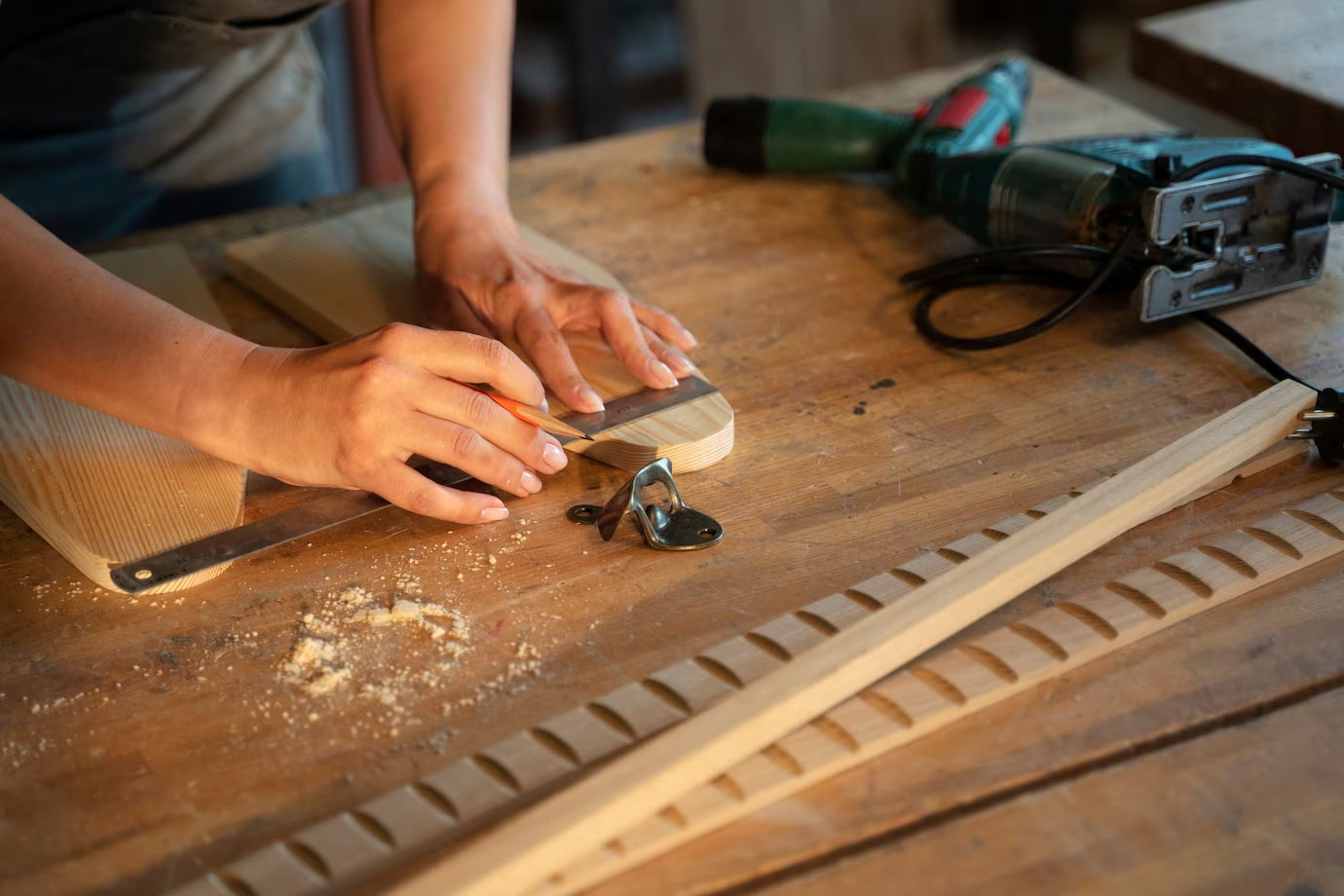In the vast and intricate world of woodworking, where the precision of a joint or the smoothness of a surface can make or break a project, the quest to identify the most important tool is as complex as it is subjective. Woodworking encompasses a variety of techniques, styles, and end goals, making the toolset equally diverse. From the simplicity of a chisel to the power of a table saw, each tool serves a vital role in the woodworker’s arsenal. However, if we delve into the essence of woodworking, we find that the significance of a tool is not just in its ability to cut or shape, but in its utility, versatility, and the skill it demands and develops in the user.
One might argue that traditional hand tools like the chisel, saw, or plane could be the most important due to their direct contact with the wood, providing control and a tactile connection to the material. These tools have shaped the craft for centuries, and their mastery can lead to outstanding craftsmanship that highlights the natural beauty and integrity of wood. On the other hand, modern power tools such as routers, joiners, and sanders offer speed, efficiency, and precision that are invaluable in today’s fast-paced production environments.
However, if we consider the question more philosophically, the most important tool in woodworking could be considered to be knowledge itself. Understanding the material—knowing different wood types, their properties, how they respond to changes in environment, and how they interact with different tools and techniques—is crucial. This knowledge dictates every decision in the workshop, from the choice of wood for a specific project to the selection of tools and techniques used to shape it.
Moreover, the skill of measurement and layout, which underpins all woodworking projects, cannot be overlooked. Whether marking out a dovetail joint or setting up a fence on a table saw, accurate measurement is fundamental. This makes tools like the tape measure, ruler, and square indispensable. Precision in planning and execution can elevate a project from mediocre to exceptional.
In practical terms, however, many woodworkers point to the table saw as the cornerstone of the modern workshop. Its versatility allows it to perform a variety of cuts—ripping, crosscutting, and even dadoing with the right accessories. A high-quality table saw can increase productivity and ensure precision in cuts, making it a central tool in the creation of almost any piece.
Yet, the importance of the table saw, or any tool for that matter, ultimately depends on the specific needs and skills of the woodworker. For beginners, simpler, more forgiving tools might be considered more crucial as they learn the basics of the craft. For experts, specialized tools that perform specific tasks perfectly might be valued higher.
The debate over the most important tool in woodworking is reflective of the craft itself: diverse, evolving, and deeply personal. Each woodworker might give a different answer based on their experiences, preferences, and the type of work they produce. Whether it’s a beloved hand plane passed down through generations, or a robust, reliable table saw, the most important tool is often the one that best complements the individual’s technique, brings their visions to life, and challenges them to grow in their craft.
In conclusion, while the table saw might be considered the workhorse of the modern woodshop, the true essence of woodworking lies not in the tools themselves but in the knowledge, precision, and creativity they enable. Thus, the most important tool in woodworking is not a single, tangible item, but rather the skill and understanding that guide the hand that wields the tool. This comprehensive approach not only honors the tradition and complexity of woodworking but also respects the individuality of each woodworker and their journey in the craft.

Leave a Reply